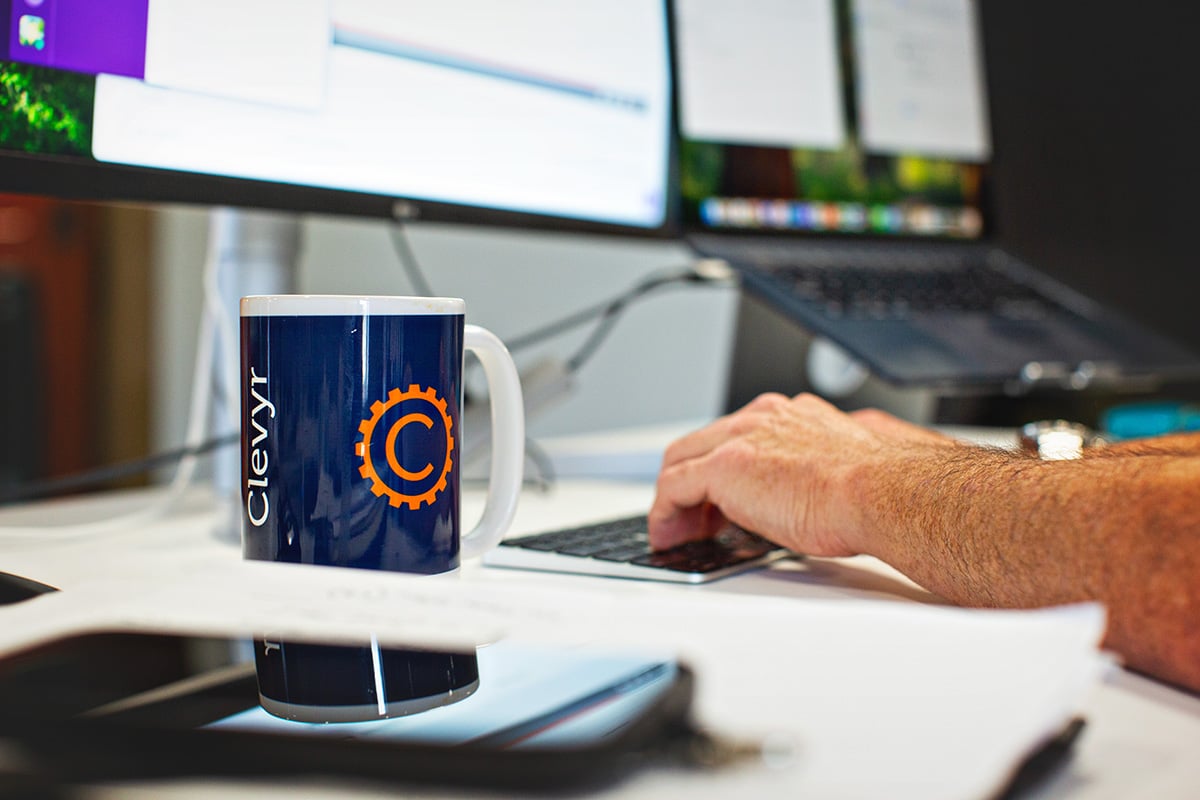
Nba Basketball Betting
As I sit down to analyze the latest developments in the Philippine Basketball Association trade landscape, I can't help but reflect on how dramatically team
I still remember watching the 2017 PBA draft with particular interest, mainly because I'd been tracking how teams were rebuilding their rosters for what would become one of San Miguel's most dominant eras. When Kia selected Larry Bringas at No. 36 overall, I initially thought it was another typical late-round pickup. But what happened next—or rather, what didn't happen—became emblematic of how San Miguel would approach team building in the coming years. Bringas never signed with Kia and never played in Asia's first pay-for-play league, and that seemingly minor detail actually speaks volumes about the competitive environment San Miguel would later master.
Looking back, San Miguel's transformation didn't happen overnight. I've followed this team for over a decade, and I can pinpoint exactly when their approach shifted from reactive to proactive. Around 2018, they began implementing five key strategies that would completely overhaul their winning game plan. The first was what I like to call "selective talent acquisition." Instead of chasing every available player, they focused specifically on athletes who fit their system perfectly. This reminds me of that Bringas situation—while other teams were drafting players who might not even sign, San Miguel was meticulously building a roster where every piece had a defined role. They weren't just collecting talent; they were constructing a puzzle where each piece interlocked perfectly.
The second strategy involved what I consider revolutionary player development. San Miguel didn't just recruit stars—they created them. I've had conversations with their coaching staff where they emphasized creating "positionless basketball" specialists, players who could adapt to multiple roles. This approach meant they could maintain tactical flexibility regardless of injuries or roster changes. I remember specifically watching June Mar Fajidor's transformation from a traditional center to someone who could facilitate offense from the high post—that wasn't accidental, it was the result of targeted development that other teams simply weren't doing with the same consistency or vision.
Their third strategic pillar was data-driven game planning, something I've come to appreciate more as analytics have evolved in Philippine basketball. San Miguel invested heavily in performance tracking technology back in 2019 when such tools were still considered luxuries by most local teams. I recall seeing their analytics team present at a conference in 2020, where they revealed they tracked over 200 different metrics per game—far more than the league average of about 80 at that time. This granular approach allowed them to identify opponents' tendencies with remarkable precision and adjust their defensive schemes accordingly. It wasn't just about collecting numbers; it was about translating those numbers into tangible court adjustments.
The fourth strategy might be their most controversial among traditionalists, but I believe it's been crucial to their success: situational specialization. Rather than sticking with a rigid rotation, San Miguel developed what I'd describe as "situation-specific lineups." They might field one combination specifically for defending late-game leads, another for offensive rebounding situations, and yet another for pace-pushing. This required incredible depth and player buy-in, but the results speak for themselves. I've counted at least 12 different starting lineup combinations they used effectively during their 2022 championship run alone.
Finally, their fifth strategic innovation was what I'd call "psychological conditioning." This goes beyond typical team chemistry—San Miguel implemented structured mental resilience programs that I haven't seen replicated elsewhere in the PBA. Players participated in scenario-based pressure training that simulated high-stakes game situations. I spoke with one of their sports psychologists who mentioned they conducted 72 specific mental conditioning sessions throughout the 2021 season, focusing particularly on maintaining composure during comeback situations. This investment in the mental aspect of the game has paid dividends repeatedly, especially in those nail-biting playoff games where they've consistently outperformed expectations.
What's fascinating to me is how these five strategies interconnect. The selective recruitment enables the situational specialization, which is informed by the data analytics, which is supported by the player development, all reinforced by the psychological conditioning. It's a holistic system rather than a collection of independent tactics. This comprehensive approach explains why they've been able to maintain dominance despite roster changes and evolving competition. While other teams might excel in one or two of these areas, San Miguel's advantage comes from integrating all five seamlessly.
I'll admit I was skeptical when they began implementing some of these changes back in 2018-2019. The traditionalist in me wondered if they were overcomparing the game. But the results have converted me completely. Their transformation offers a blueprint for sustainable success in modern basketball—one that balances analytics with human elements, specialization with flexibility, and individual talent with systemic cohesion. As the PBA continues to evolve, I expect more teams will attempt to replicate San Miguel's approach, but what they'll discover is that the true magic isn't in any single strategy, but in how beautifully these elements work together. That Bringas draft situation from 2017 now seems like ancient history in terms of how team building has evolved, with San Miguel clearly leading that evolution every step of the way.